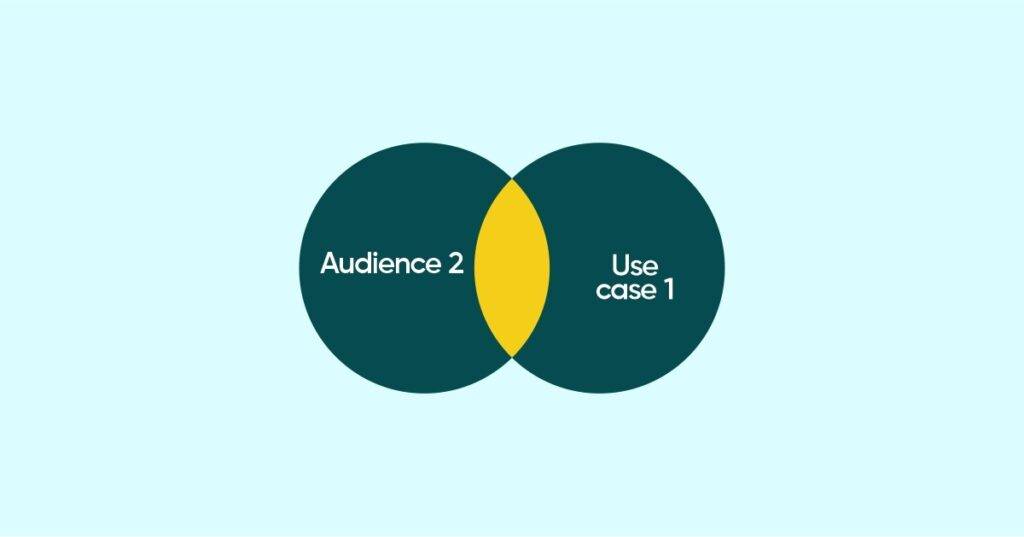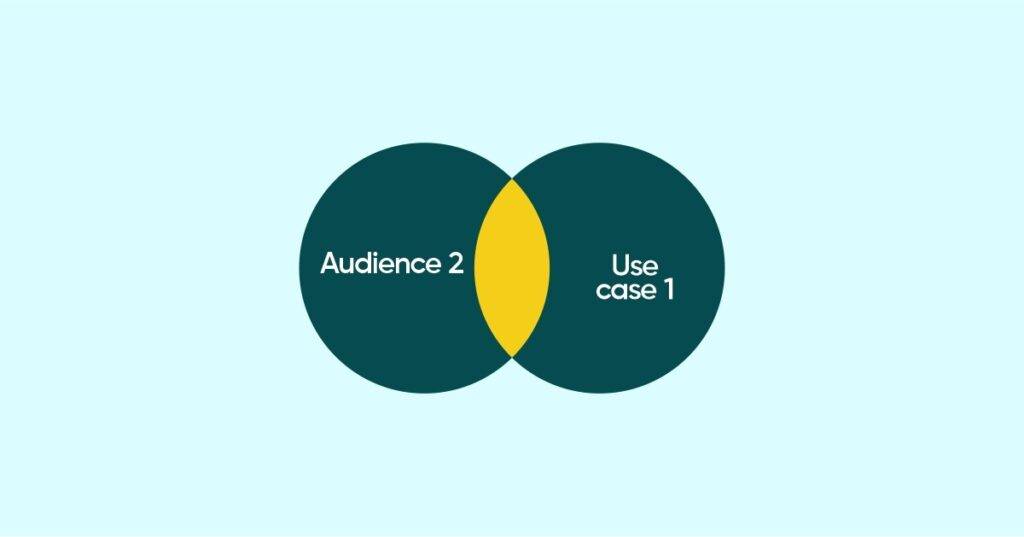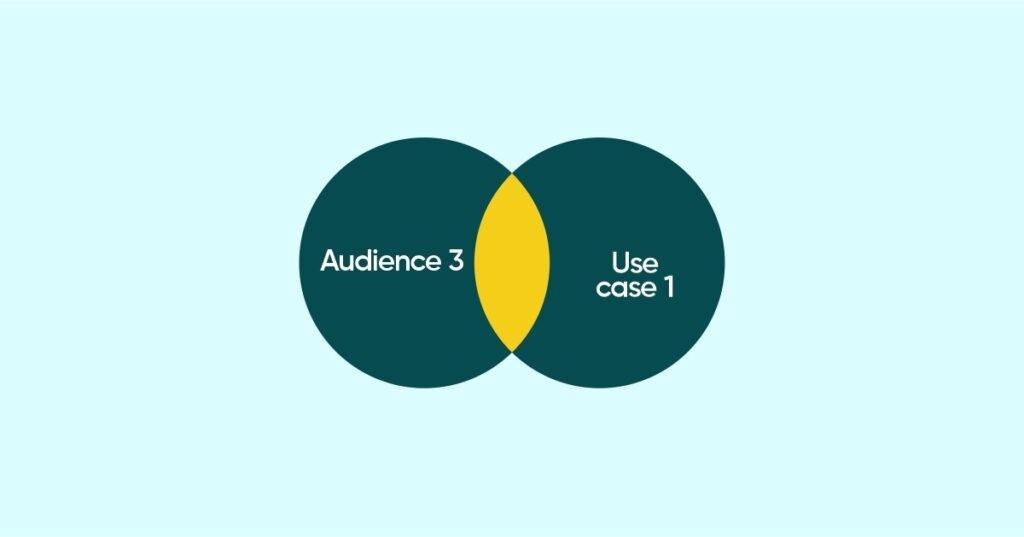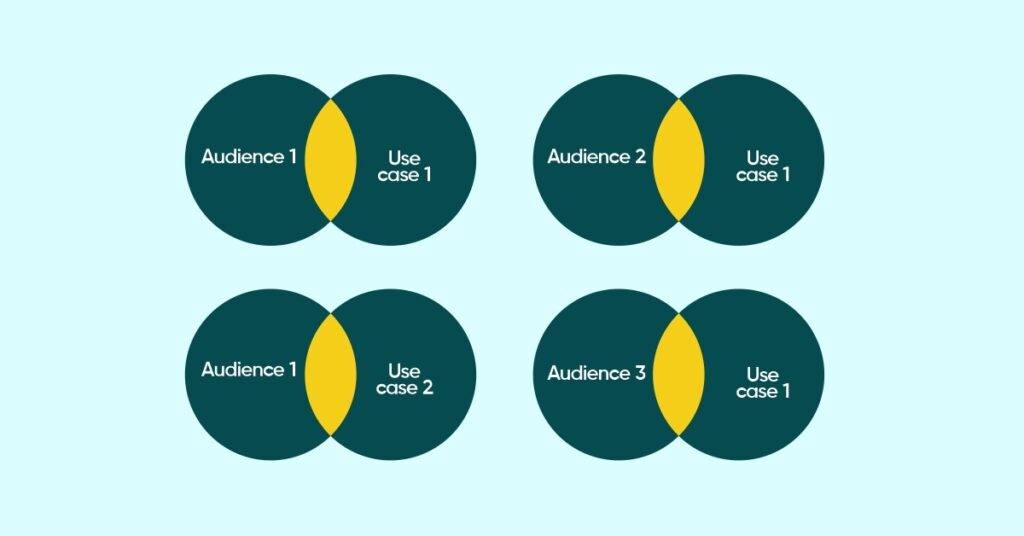
Start Small to Win Big
If you’re launching a new product or starting a business, here’s a tip: don’t try to please everyone right away. Instead, focus on finding your wedge. Think of it as a specific gap or niche—a starting point where you can win over early users and customers.
When I say wedge, I mean targeting a particular audience with a specific use case. From there, you can grow by either offering more use cases to the same audience or expanding to new audiences with the same use case. It’s a focused, strategic way to build momentum without getting overwhelmed.
Why Focus Matters for Startups
Here’s the thing—when you’re starting out, it’s tempting to try everything. I’ve seen founders test four or five ideas at once because they’re unsure which one will work. Or they’ve already invested in infrastructure or hired people for multiple services, and they feel obligated to make use of it all.
But trying to do too much spreads you thin. Starting with a wedge helps you concentrate your efforts and see results faster. Plus, it’s more cost-effective when you’re working with limited resources.
Wedge vs. Broad Strategies

Let’s break it down.
Wedge Marketing:
- You focus on a narrow audience and tailor your messaging just for them.
- The customer experience feels personal and targeted, which means higher conversions.
- It’s efficient because you’re not wasting time or money on people who aren’t the right fit.
Broad Marketing:
- You cast a wide net and try to appeal to everyone.
- The messaging is generic, which often leads to lower conversions.
- It requires more resources but doesn’t always give you the ROI you’re hoping for.
The beauty of wedge marketing is that it works even in crowded markets. You can find gaps that the big players overlook.
How to Expand from Your First Wedge


Once you’ve nailed your initial wedge, it’s time to grow. Here’s how:
- If you have a vertical product (e.g., specialized software for dentists), expand by adding new use cases.
- If you have a horizontal product (something versatile, like general salon services), target new audience segments with the same use case.
Keep an eye on your performance metrics—when you notice diminishing returns on your initial wedge, it’s a sign to expand. But don’t wait too long. Start planning your next move while you’re still seeing success.
Vertical vs. Horizontal Products

Let’s simplify this:
- Vertical Products: These are niche and specialized. Think of a math tutor or a product that solves a very specific problem.
- You’ll have fewer customers, so you need to price higher.
- Wedge marketing works beautifully here because you’re targeting a smaller, focused group.
- Horizontal Products: These are broad and general. Imagine a tutor teaching all subjects or a salon offering every possible service.
- You’ll have a larger audience, but your messaging needs to appeal to a wide variety of people.
- It’s easy to think you’re doing well here because you’ll always get some customers, but that can lead to complacency.
Both have their place, but wedge marketing can give you an edge regardless of your product type.
Making Wedge Marketing Work

Here’s a step-by-step guide:
- Find Your Wedge:
- Identify a specific audience and a clear use case.
- Make sure your messaging resonates deeply with them.
- Segment Your Audience:
- Break them into tiers:
- Tier 1: Your core audience—this is where you invest the most effort.
- Tier 2: Audiences showing promise—invest moderately here.
- Tier 3: Experimental segments—test ideas with minimal resources.
- Position Your Product:
- Instead of overthinking it, ask one simple question: What does my product replace?
- This will help you craft a clear, relatable positioning statement.
- Build a Content and Distribution Plan:
- Choose one primary channel (like Facebook ads, Google ads, or email marketing) to start.
- Create content that matches your audience’s needs and the stage they’re at—whether it’s educational, solution-focused, or product-specific.
- Monitor and Adjust:
- Use analytics tools to track performance.
- Listen to feedback, and don’t be afraid to pivot when needed.
Examples of Wedge Marketing in Action
Take Stripe, for example. They started by targeting developers with a payment API. Once they gained traction, they expanded into financial infrastructure for the entire internet.
Or look at Toast. They began with reservation software for restaurants—a small niche. Once they established themselves, they moved into the broader market of POS systems.
The key was starting small, gaining trust, and then scaling.
Final Thoughts
Wedge marketing might sound simple, but it’s incredibly powerful. It helps you focus, build momentum, and make the most of your resources. Whether you’re offering a specialized service or a general one, starting with a wedge can set you on the path to sustainable growth.
